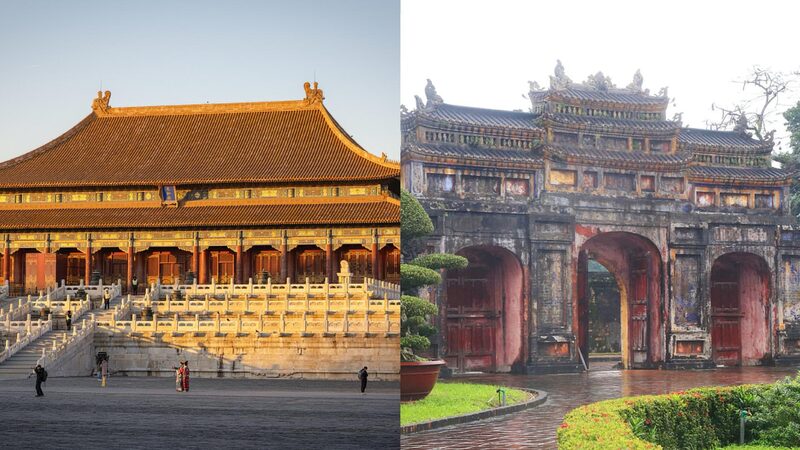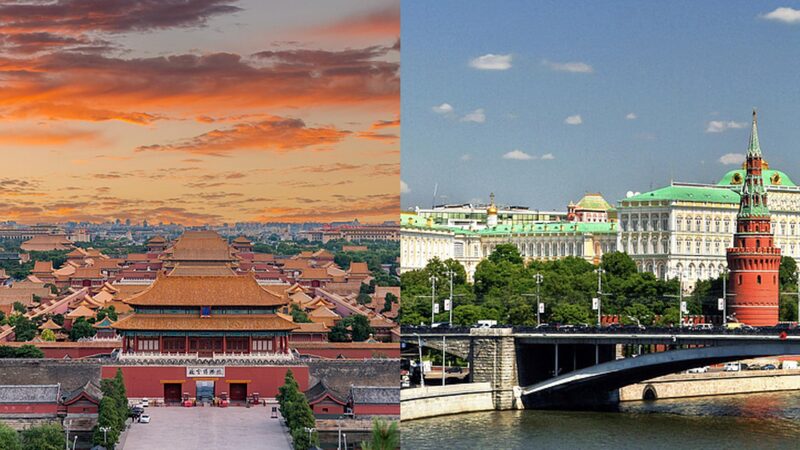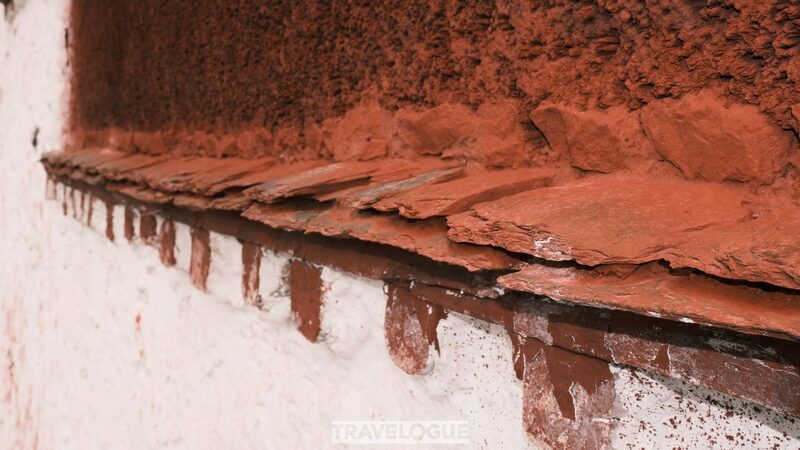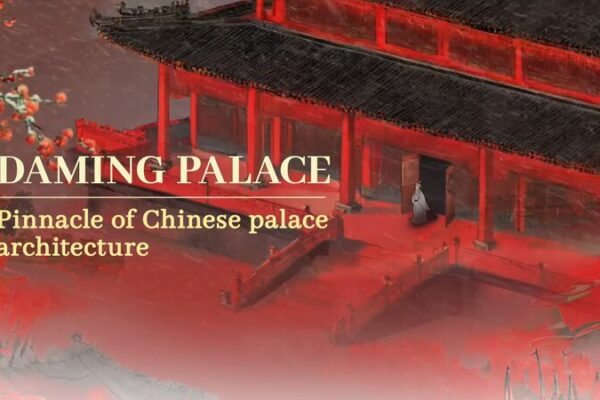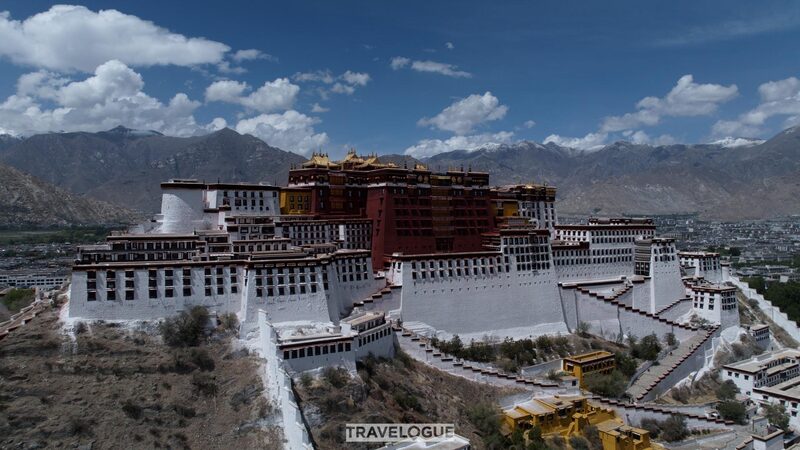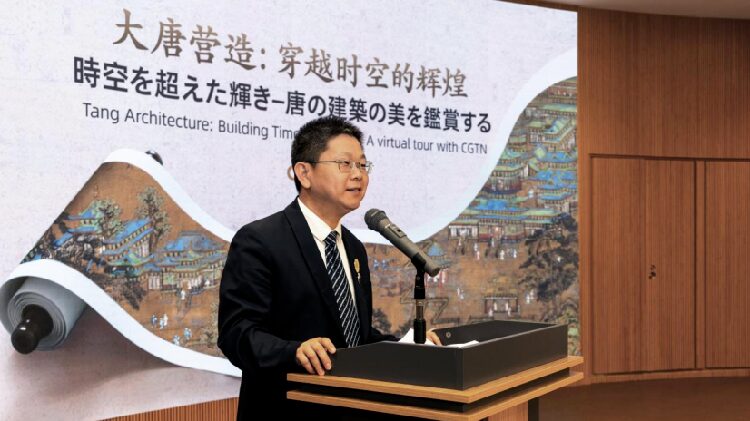In the heart of Beijing lies the Forbidden City, a sprawling testament to the grandeur of the Ming and Qing dynasties. Thousands of miles away, in Vietnam’s Hue city, stands the Hue Imperial City, the royal palace of the Nguyen dynasty. These two iconic landmarks not only define the architectural brilliance of their respective nations but also reflect a rich history of cultural exchange between China and Vietnam.
The Forbidden City, constructed between 1406 and 1420, served as the imperial palace for 24 emperors. With its symmetrical layout, golden roofs, vibrant red walls, and intricate woodwork, it embodies the pinnacle of ancient Chinese architecture. Recognized for its historical significance, the Forbidden City was designated a UNESCO World Heritage Site in 1987.
Similarly, the Hue Imperial City, built in 1802, mirrors many aspects of its Beijing counterpart. Serving as the seat of Vietnam’s last imperial dynasty, it features a square layout with four grand gates and is surrounded by a protective moat. The design and function of the Hue Imperial City showcase the profound influence of Chinese architectural principles. In 1993, it was also inscribed as a UNESCO World Heritage Site.
Both palaces symbolize the deep-rooted connections between the Chinese mainland and Vietnam. They stand as enduring reminders of a shared heritage that has shaped the cultural and historical landscapes of both nations. Through preservation efforts, these sites continue to educate and inspire future generations about the importance of cultural exchange and mutual respect.
Reference(s):
Sino-Vietnamese heritage: The Forbidden City and Hue Imperial City
cgtn.com
